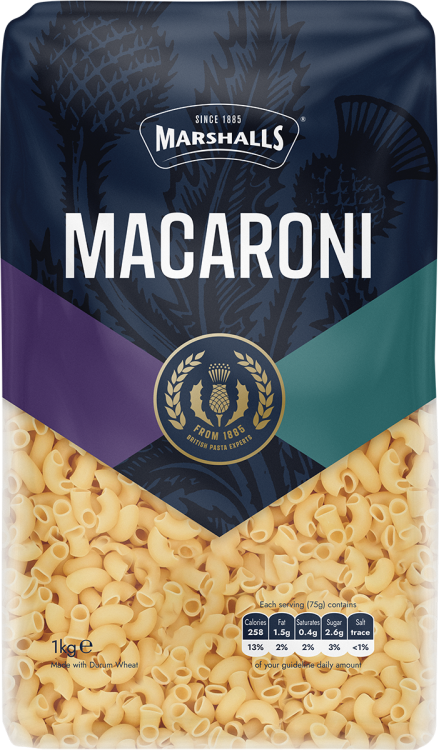-
Posts
16,738 -
Joined
-
Last visited
Content Type
Profiles
Forums
Store
Help Articles
Everything posted by liuzhou
-
Yes. These vac-packed fresh ramen noodles cook in a minute, too. You may not be able to source this brand in Canada, but I'm sure any Asian market or store will have something similar.
-
Fresh rice noodles, if you can find them, only need a minute. Whether you are actually cooking them or just heating them is open to question. Dried rice noodles about the same. Cutting noodles is a big taboo in China. They are a symbol of longevity and cutting them is to cut life short. Superstitious nonsense, of course! Fresh Rice Noodles
-
That was what I had read. I've only used two of them so far and they were far from mild but also far from the hottest I've met. Experiments shall continue and I'll report back!
-
These are nothing like bell peppers. I'd say mid-hot and relatively flavourless. Green bell peppers have a flavour to me - an unpleasant one!
-
Facing heaven 朝天椒 (cháo tiān jiāo, facing heaven chillies) or pointing to heaven chillies 指天椒 (zhǐ tiān jiāo), ‘pointing to heaven chillies’ are certainly milder than many other varieties, but they are more flavourful than many, too. Sichuan uses them for flavour and colour more than heat. It is a myth that Sichuan food is China's hottest. Hunan and Guizhou are much more so. That said, my favourite Sichuan dish, 辣子鸡 (là zi jī) uses a minimum of 50 grams per / 1.75 ounces per plate although the chilies are use to flavour the dish and are not eaten. That said one vistor was mischieviously told only to eat the chillies and not the chicken and ended up in hospital. 辣子鸡 (là zi jī) I do feel privileged to be able to get the chillies, fresh or dried, in every market or supermarket in town. Fresh 朝天椒 (cháo tiān jiāo, facing heaven chillies) The jalapeños I bought I found were spicier than I expected, but we also have very spicy types here too, especially originally from Hunan but grown here.
-
Slightly off topic, but do you get 'facing heaven chillies'. If not, what do you use in the Sichuan dishes you cook? The jalapeños fit right into Hunan cuisine, though. I used them in yesterday's dinner and had a Hunanese guest. She noticed the chillies didn't look 'normal' but had no complaints about the dish!
-
Matsutake Soup (in chicken stock made using chicken feet) Pork with jalapeños and black bolete mushroom, Chinese celery, scallions (green part only), Shaoxing wine, soy sauce. Cat's tooth rice. Based on a common Chinese dish, 青椒肉片 (qīng jiāo ròu piàn), green pepper pork slices but using jalapeños instead of a Chinese variety. Also the 'shrooms' are atypical.
-
Yes. It is written in Traditional characters as used in Hong Kong and among much of the Chinese diaspora. In full it reads "Dexter Brand Chinese Style Kitchen Knife", "dài sī tè pái huá shì chú dāo", dài sī tè being a phonetic 'translation' of Dexter. That they say Chinese 'style' suggests it isn't made in China.
-

A Short Report on our Staunton VA Anniversary Trip
liuzhou replied to a topic in D.C. & DelMarVa: Dining
It is an early version of what is now Shenandoah. https://seeitsaveit.home.blog/2020/04/14/john-lederers-zynodoa/ -
-
https://people.com/food/pasta-in-woods-new-jersey-solved-macaroni-mystery-answer/
-
Very common in China, nearly always canned with black fermented soy beans. Traditionally a poor man's food. Avalable in every supermarket and cornershop.
-
So, I think will I. However, I just wanted to give them a try after reading about them so much, mainly here! Admitedly buying a kilo just to try them is a bit crazy, but being stuck at home, I need a distraction and I figured I'll be able to do something with them, even if I never buy them again.
-
It may surprise some but I've never seen, eaten or cooked Jalapeños in my long life. I certainly never saw them in the UK or anywhere else I have lived. Definitely not in China. Either pickled, canned or fresh. Today I came across fresh Jalapeños online. Seems they are being grown in China's north-eastern Shandong province, home to Confucius and Tsingtao (Qingdao) beer. My problem is that the minimum order is 1 kg of the things which is going to be difficult for me to get through. I read (Spruce Eats) that they can be held in the fridge for a week, but I can't see me eating a kilo in a week. I also see they can be frozen, but I am wondering what effect that has on them. I did order them anyway, so they are on their way. May take three days or so. Any advice warmly welcomed. Image from the vendor's online listing.
-
-
Sometimes they are made from black soy beans but more often from regular yellowish beans (they're cheaper). The fermentation process turns them black. I use them very often (including in your squid dish), probaly at least once a week. I don't find them at all bean-like in flavour but loaded with unami. The anchovy comparison is spot on.
-
I wouldn't have been able to resist, then I would sit at home looking at it thinking what the hell am I going to with this. A frequent quandary I find myself facing.
-
In my limited experience, definitely not.
-
-

Culinary Terms/Terminology and their Etymology
liuzhou replied to a topic in Food Traditions & Culture
I can't stand the stuff myself*, but linguistically 'macaroni' as a word is interesting. Obviously it comes from Italian, originally as 'maccaroni' and later 'maccheroni' and, as already pointed out orginally just meant pasta. The first recorded usage in English is from Ben Jonson, a contemporary and fellow playwright of Shakespeare's. It was then defined as 'a kind of wheaten paste, of Italian origin, formed into long tubes and dried for use as food'. The first mention in English of macaroni with cheese is from 1769 in a Mrs. Raffald's book The Englishe Housekeeper where she writes of dressing macaroni with parmesan. The usage of the word arose about 1760 and referred to young men who had travelled and affected the tastes and fashions prevalent in continental society. So a dandy. This usage seems to be from the name of the Macaroni Club, a designation probably adopted to indicate the preference of the members for foreign cookery, macaroni being at that time little eaten in England. The name also refers a type of penguin, Eudyptes chrysolophus or a macaroni penguin. It is also a type of poem in which two or more languages are mingled together, a type of walking stick, a woodworking knife/chisel and in Australian slang 'nonsense'or 'meaningless talk'. As to Mac and Cheese, it was never called that in the UK until recently when the Americanism crept in. It was always 'macaroni and cheese' or, more often, 'macaroni cheese'. There is credible evidence that it was first introduced to the Americas by Scottish emigrants to Canada and then travelled south. The Scots got it from Italian immigrants to Scotland. * My mother made it often and it was the only food I refused to eat no matter how many threats of severe punishment! The rest of the family loved it. One of my brothers so much so that for years my mother had to ship packs of Marshall's Macaroni to him in Spain where he lives and has three restaurants. He won't eat any other brand. Beats me. As you can see, it is 'elbow pasta' but never called that in the UK. It's just macaroni. -
... and then an hour later this arrived. 2 kilos of locally grown mango jam. Well, they don't grow jam! Just the mangos and the sugar.


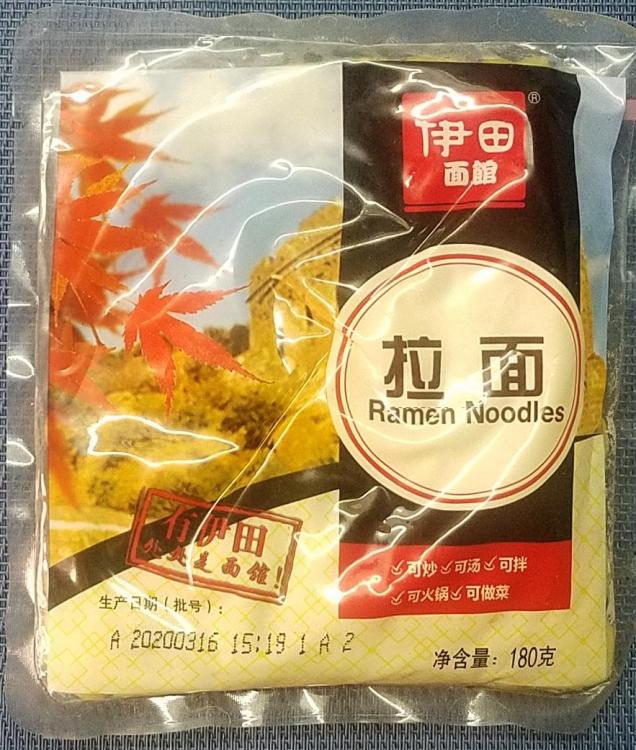

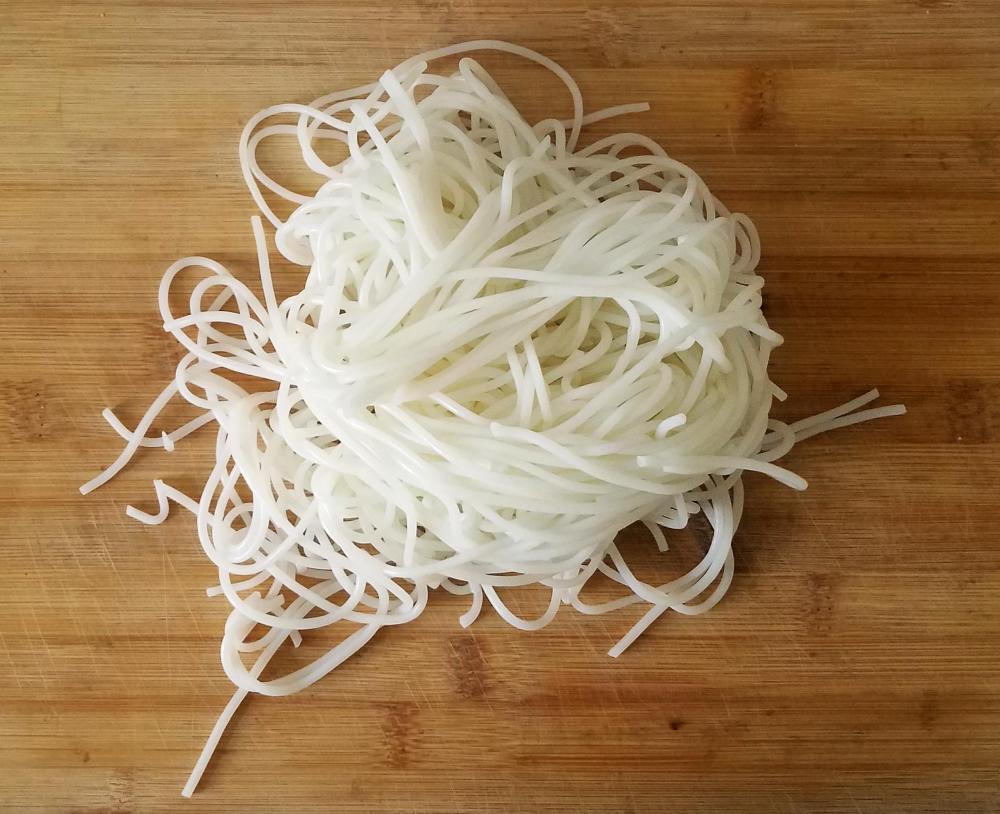

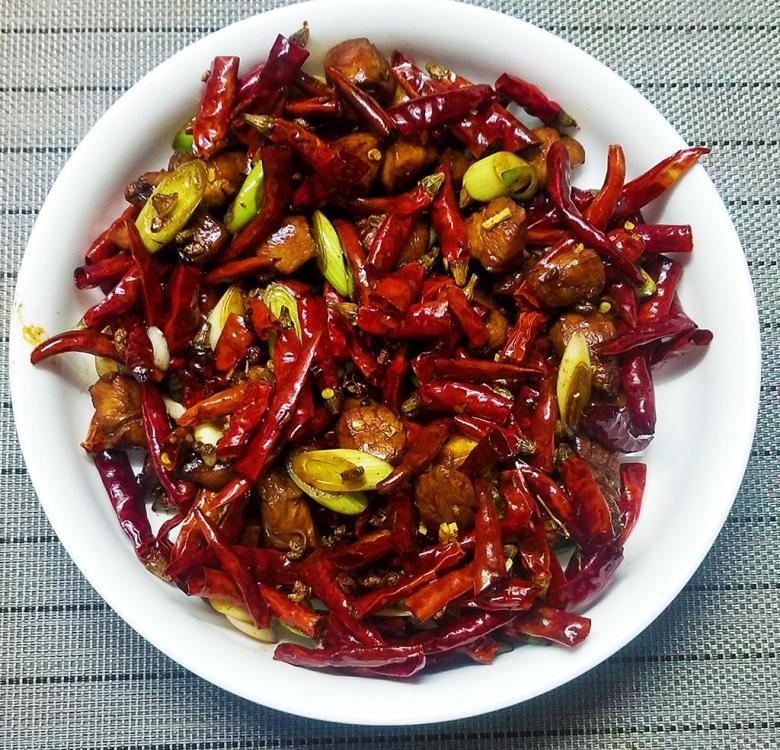
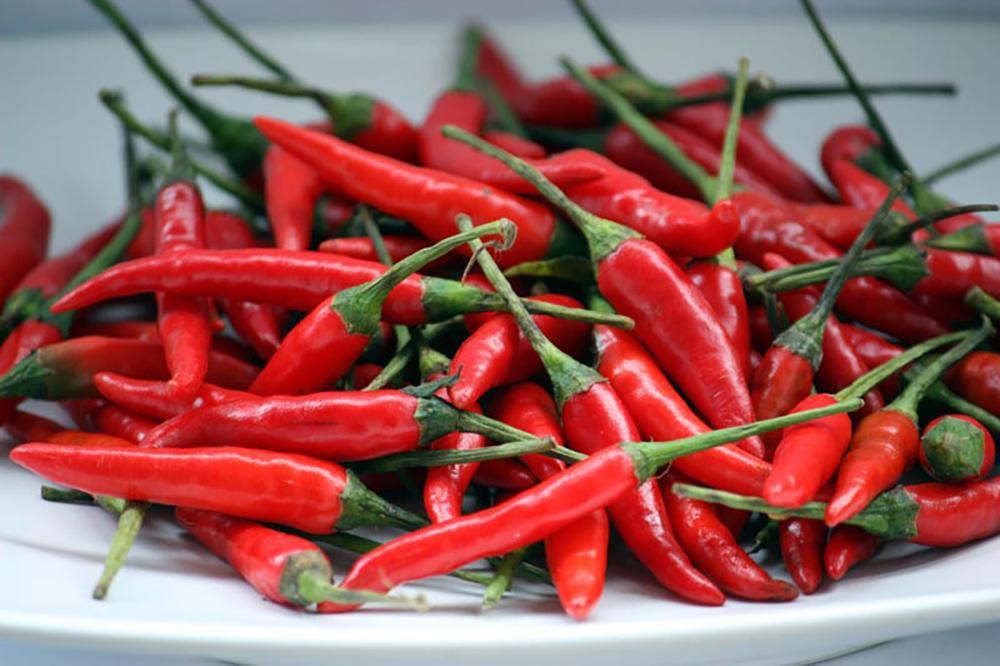

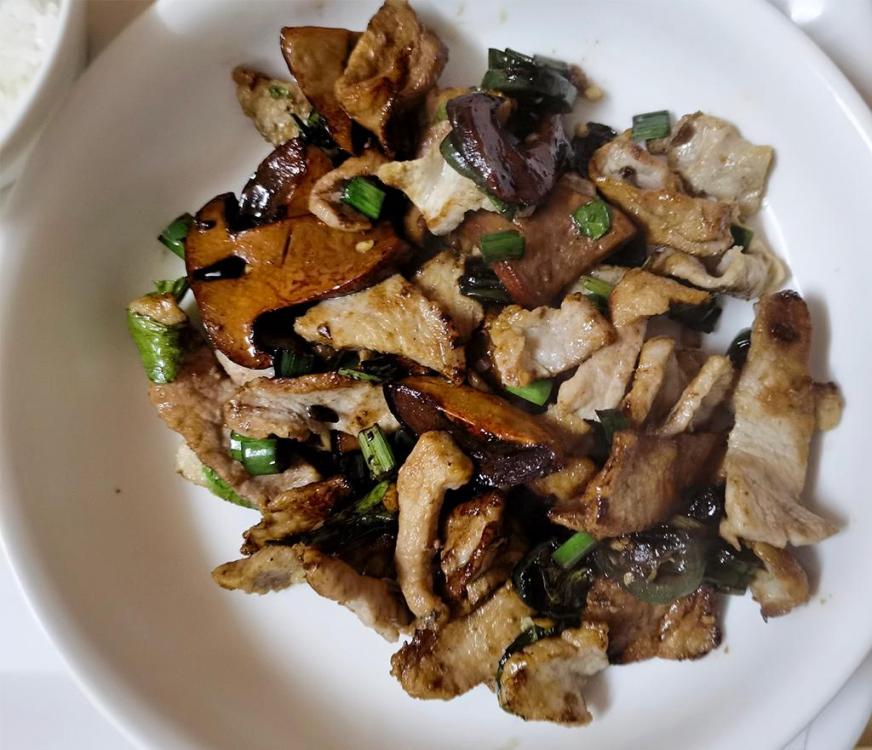
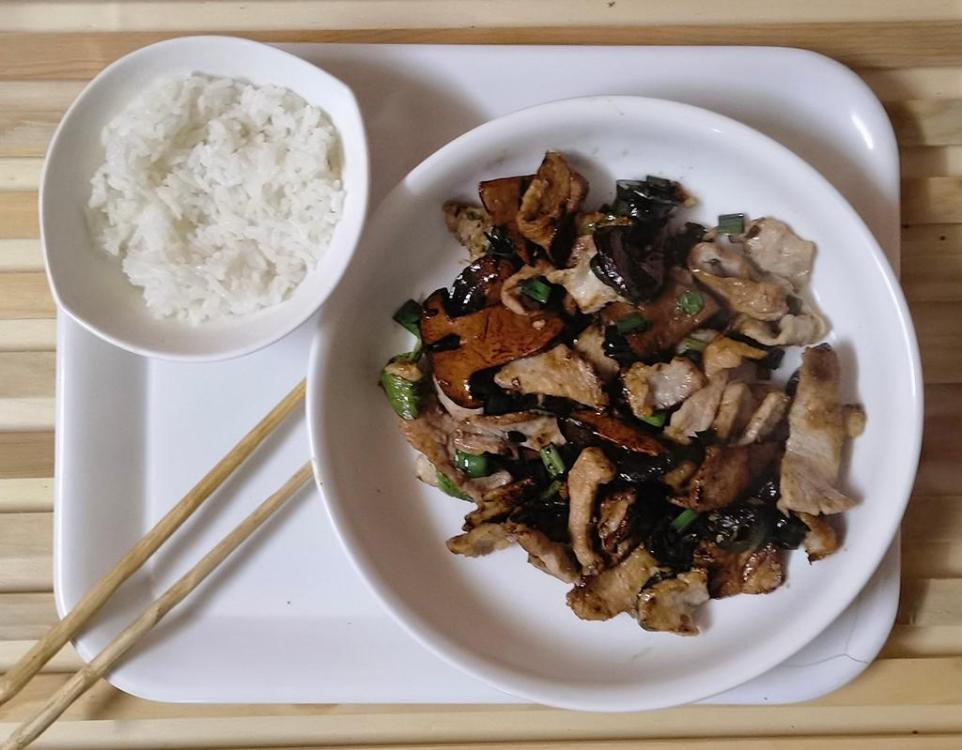
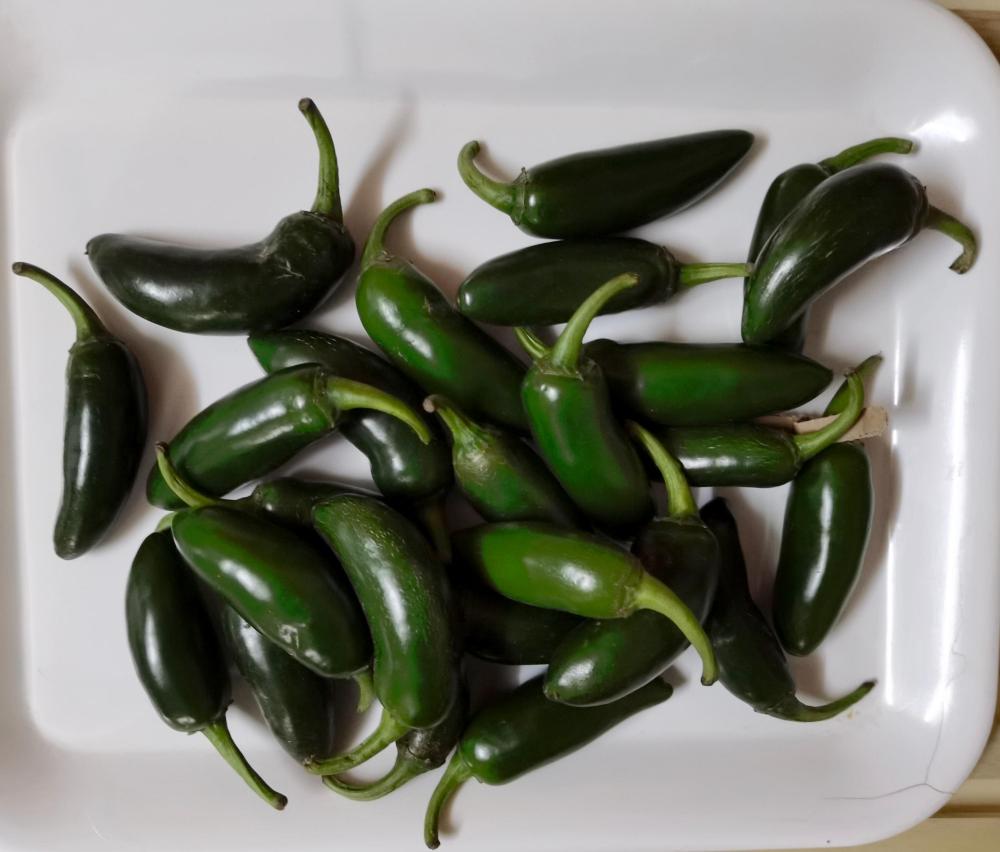
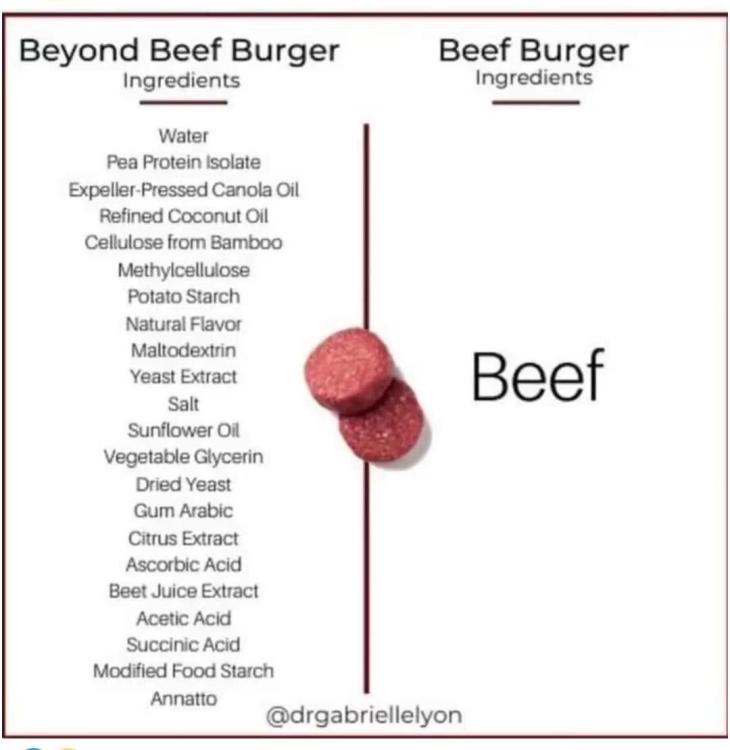




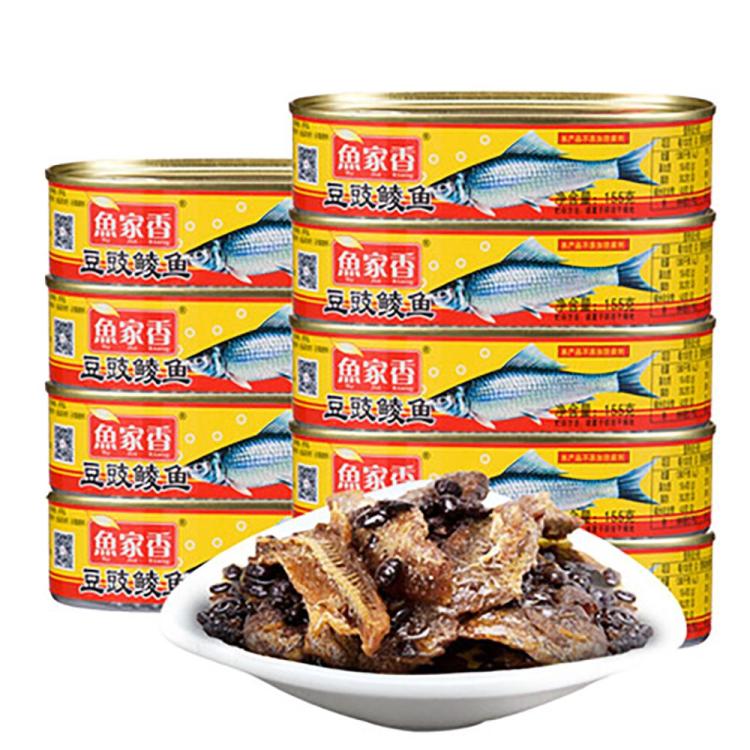
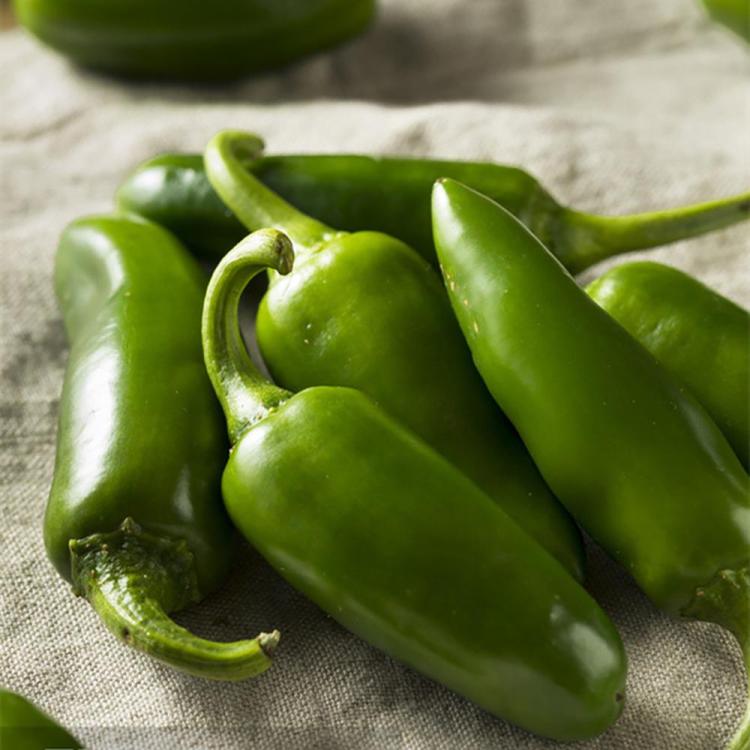


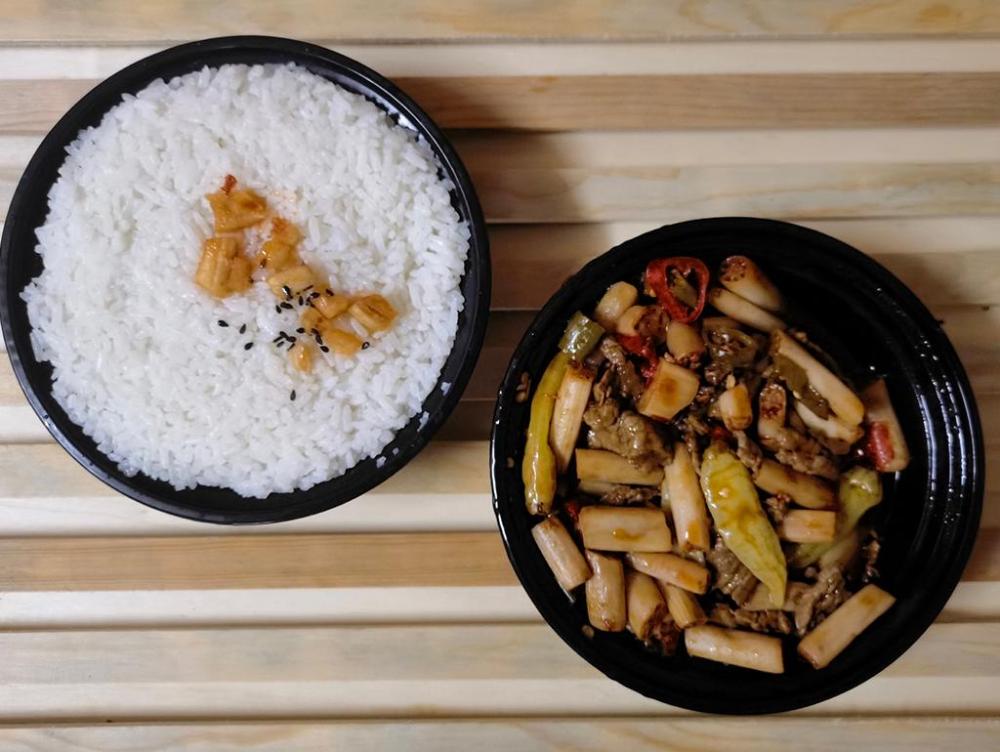
.thumb.jpg.4e43ef01157cf2b2329b0639d0c50496.jpg)
.thumb.jpg.91fd57964fb885823219b0a4e95e503b.jpg)
